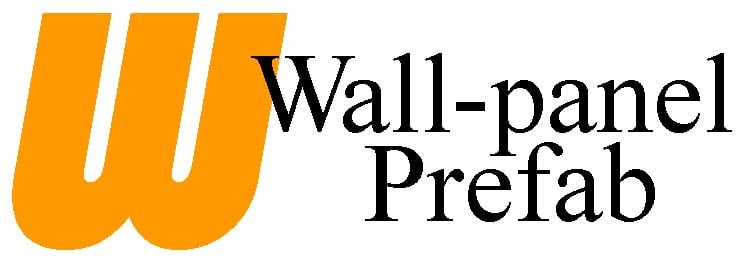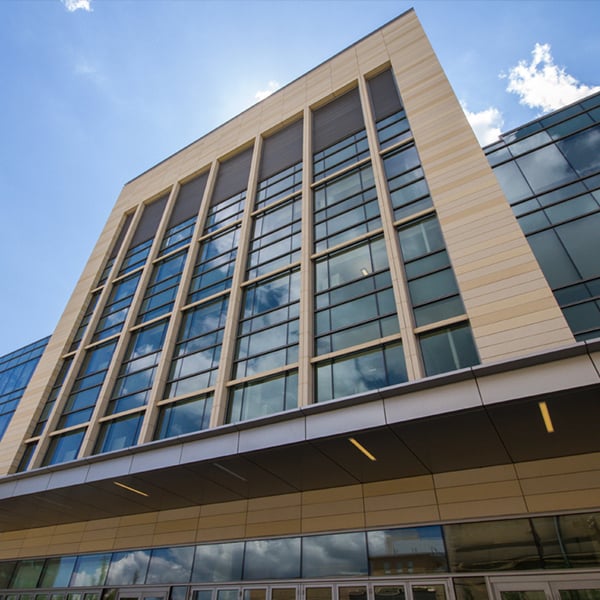Cold-Formed Steel Framing: A Cost-Saving Solution for Construction Projects
Cold-formed steel framing has emerged as a cost-effective and innovative solution for construction projects, offering numerous advantages over traditional building materials. By utilizing the resource of buildsteel.org, we will explore how cold-formed steel framing can save you money, focusing on two key aspects: time efficiency and addressing local labor shortages through prefabrication.
- Accelerated Construction Timeline:
One of the primary advantages of cold-formed steel framing is its ability to significantly reduce construction time, leading to cost savings. Compared to conventional construction methods, cold-formed steel systems offer a streamlined assembly process that is quicker and more efficient. The lightweight nature of steel components allows for easier transportation and faster on-site installation. As a result, project timelines are compressed, minimizing labor costs, and enabling faster occupancy or a quicker return on investment.
- Reduced Labor Costs:
Cold-formed steel framing enables substantial savings in labor costs due to its prefabrication capabilities. Prefabrication involves manufacturing building components off-site in a controlled environment, ensuring precision and quality. This method significantly reduces on-site labor requirements, as the prefabricated elements can be quickly assembled on-site. Additionally, the reduced labor hours contribute to cost savings, particularly in regions facing a shortage of skilled construction workers.
- Minimized Material Waste:
Another advantage of cold-formed steel framing is its ability to minimize material waste during construction. Unlike traditional construction methods that often generate considerable waste, steel framing utilizes computer-aided design (CAD) systems to optimize material usage. The accuracy of these systems helps minimize errors and reduces the need for rework, resulting in cost savings through decreased material waste and lower disposal expenses.
- Design Flexibility and Cost-Efficient Customization:
Cold-formed steel framing offers design flexibility, allowing architects and engineers to create innovative and cost-effective building solutions. The versatility of steel enables the creation of complex and efficient building designs, optimizing usable space. Cold-formed steel members can be easily customized to match specific project requirements, eliminating the need for expensive modifications and additional materials. This adaptability and efficiency contribute to overall cost savings.
- Long-Term Cost Benefits:
Beyond the initial construction phase, cold-formed steel framing provides long-term cost benefits. Steel is a durable material that requires minimal maintenance and is resistant to common issues faced by other construction materials, such as rotting, warping, or insect damage. This durability reduces ongoing repair and replacement costs, resulting in long-term savings. Furthermore, steel framing is non-combustible, which can lead to lower insurance premiums and increased safety for occupants.
Conclusion:
Cold-formed steel framing offers a range of cost-saving benefits that make it an attractive choice for construction projects. By accelerating construction timelines, reducing labor costs through prefabrication, minimizing material waste, offering design flexibility, and providing long-term cost benefits, cold-formed steel framing provides an excellent return on investment. As the construction industry continues to evolve, embracing innovative solutions like cold-formed steel framing can lead to significant savings while maintaining high-quality construction standards.
(Note: The information provided in this article is based on the resources from buildsteel.org. For more detailed information, please refer to the mentioned sources.)
Topics: Newsletter




